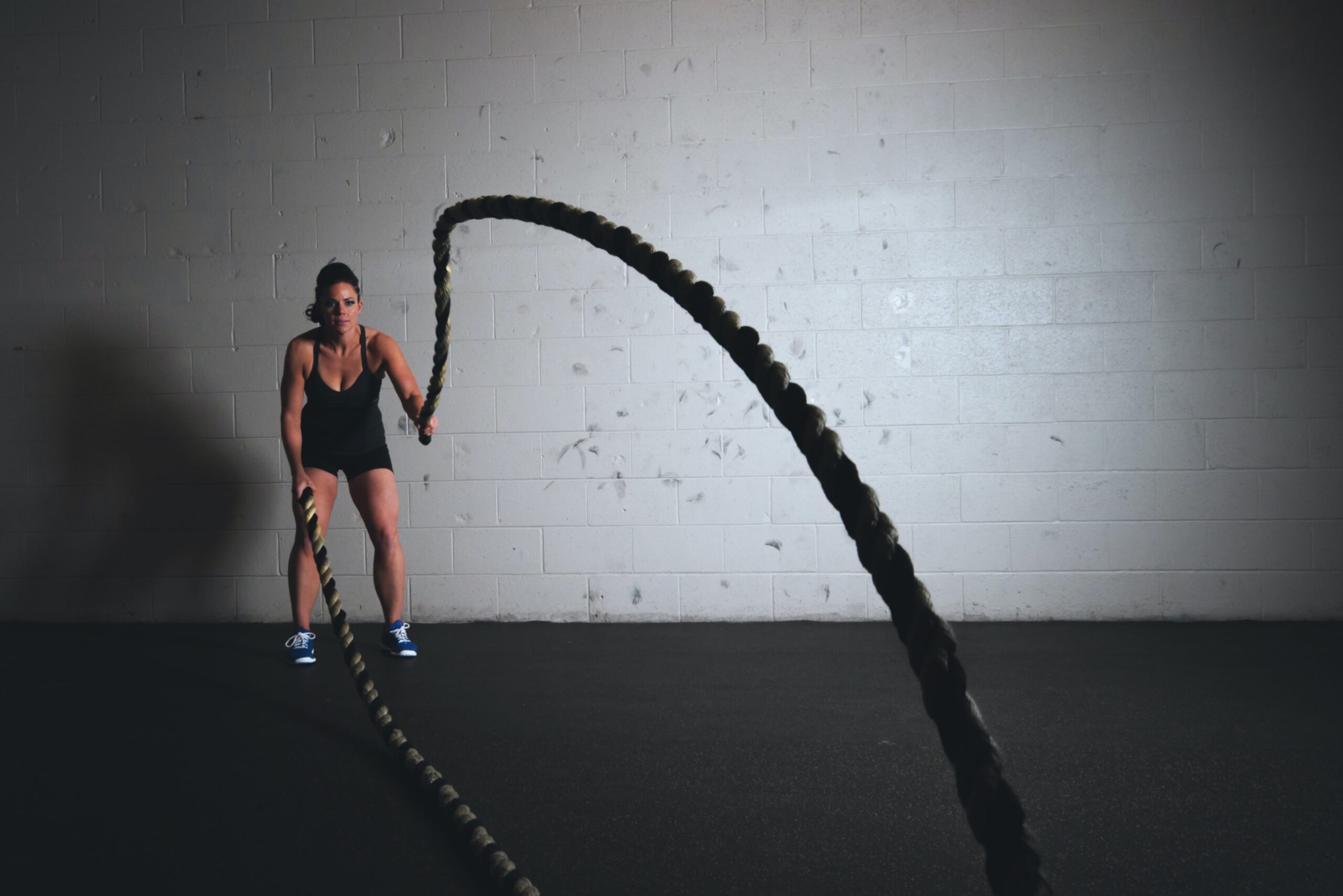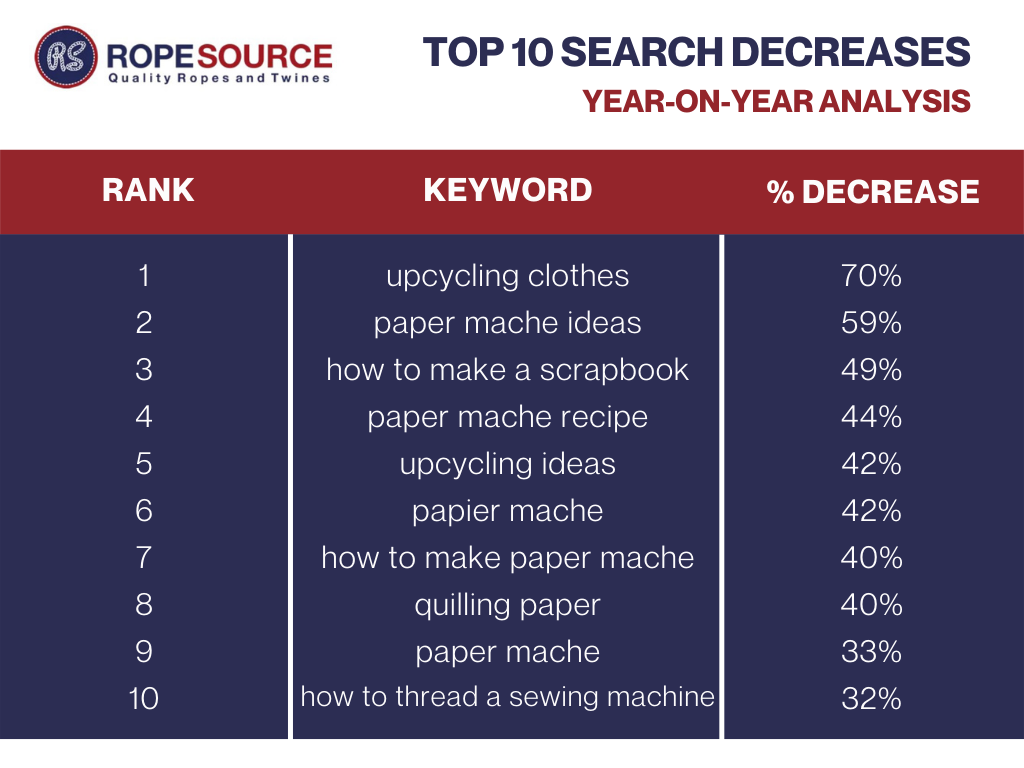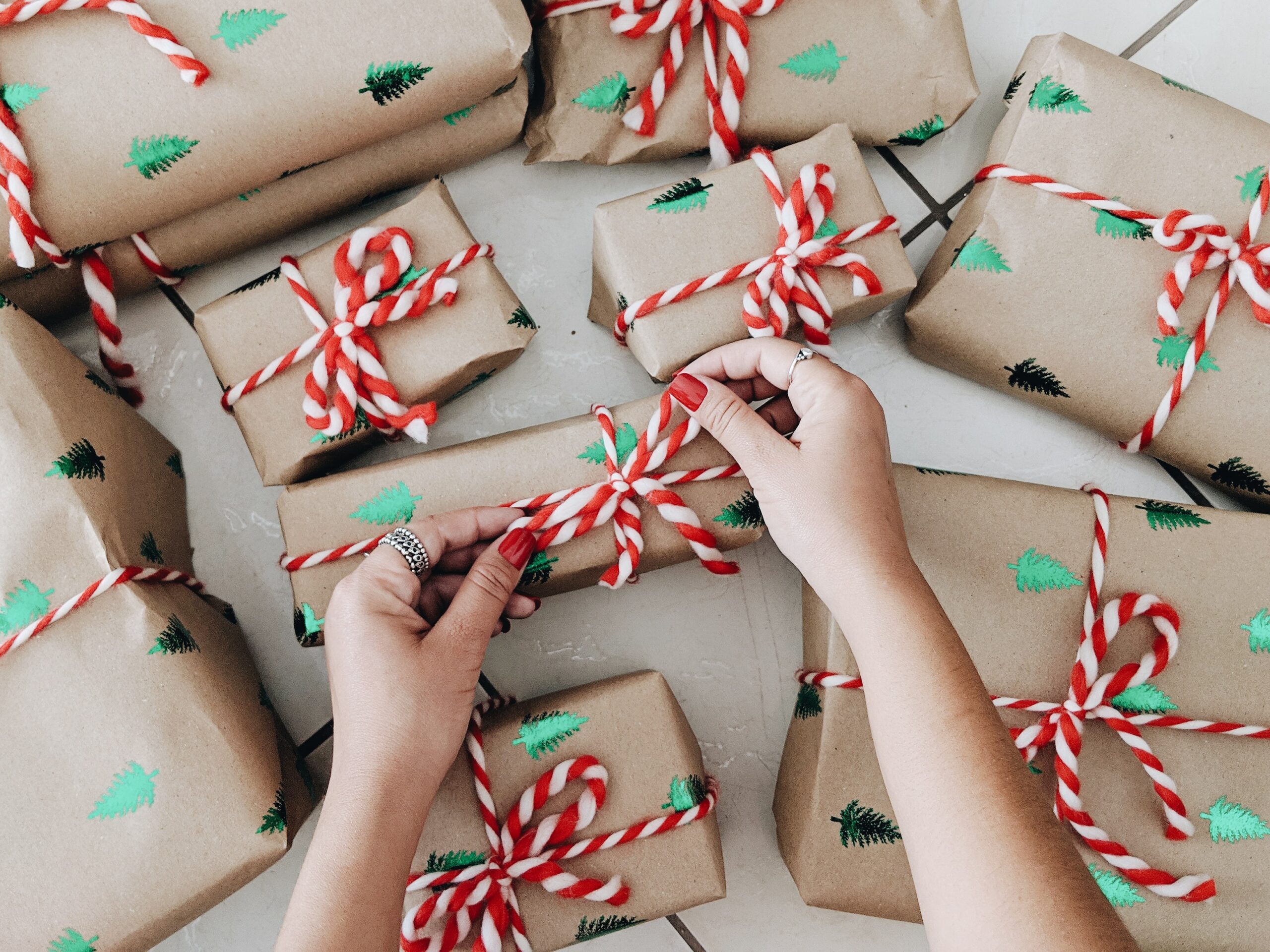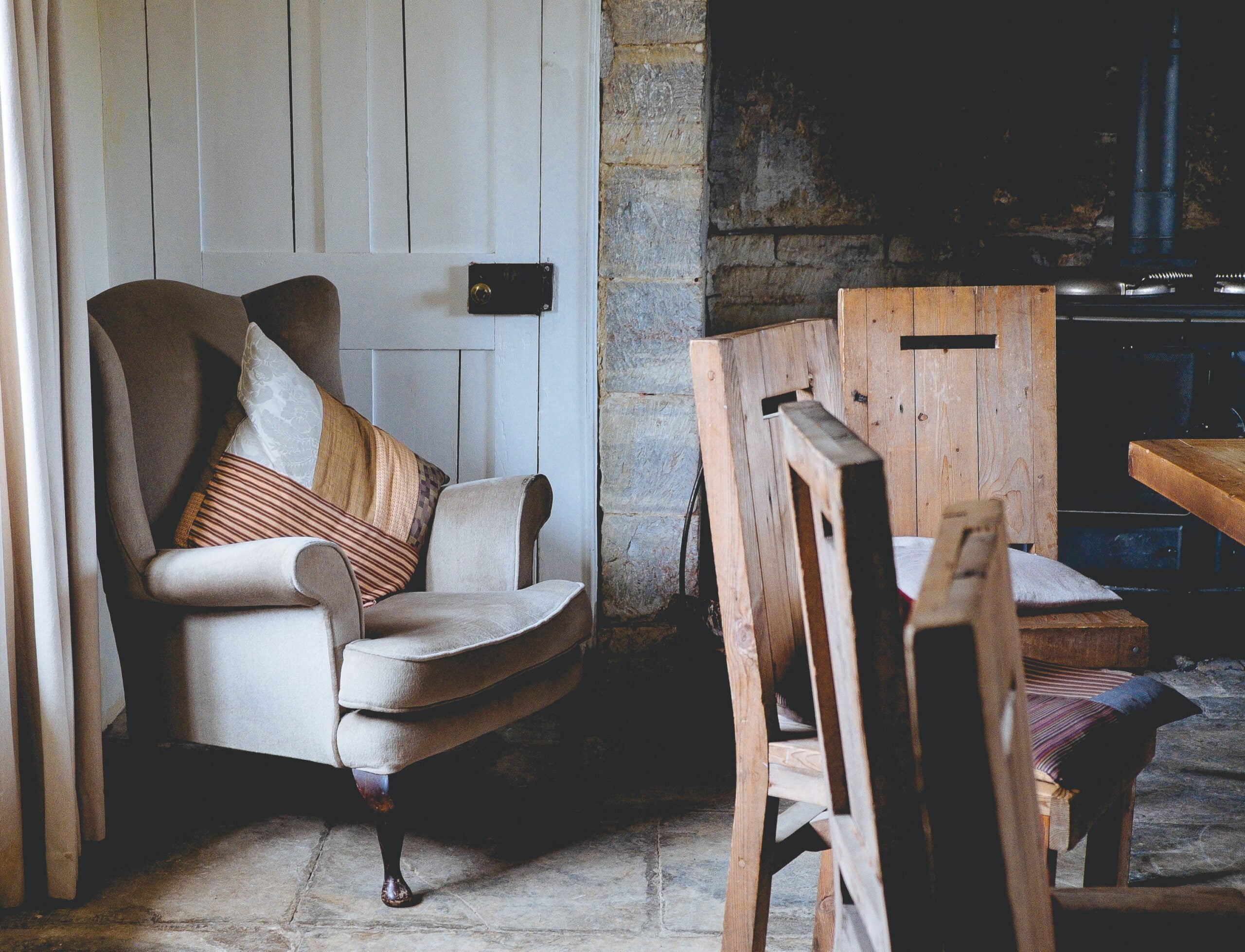
What are the benefits of rope exercises?
We all know that keeping active is the best way to achieve a healthy body and mind, but do you ever feel as though you’re stuck in the same old fitness routine? For those that do want to incorporate some brand new exercises into their workout, that are not only brilliant heart raisers, but massive calorie burners, this post could be just what you’re looking for.
The flexibility and strength of certain types of rope makes them the perfect fitness equipment, allowing those using them to exercise different muscles at the same time. This statement has also been backed by a study, finding that people burn an average of 112 calories after exercising with battle ropes for just 10 minutes.
DIY battle rope
If you’ve had a read of our previous post on different rope types and their strength, you’ll know that certain varieties will be better than others when using them as fitness equipment. Manilla rope or natural hemp rope offer easy handling, and boast excellent strength at the same time, making them ideal for exercising.
After acquiring two ropes and ensuring that they’re each at least 50 foot in length (you can experiment with the size based on how easy or hard you want to make the rope exercises for yourself), you’ll need to find a way to secure them down. This could be done by using a tree – after making sure it’s sturdy enough – or you could knot them around some dumbbells.
Next, ensure that the ropes are easy to grip onto, and won’t cause you any burns when exercising. To make the ends as comfortable as possible, whilst also ensuring the durability of your rope, wrap the part you’ll be holding onto with a few layers of duct tape.
Finally, whack on your favourite fitness playlist to get your heart pumping, and you’re good to go.
Rope exercises
Bicep waves
Start by standing with your feet apart in a quarter squat position and begin to wave both of your ropes as fast as you can, making sure that every movement you make is backed with power. Be sure to keep your back straight throughout the process, focusing all of your efforts on your biceps by keeping your elbows tucked in.
Lateral whip
Keeping your elbows slightly bent, bring both of your ropes up towards you – ensuring that you have a good grip – and whip them down with force. Repeat this movement as quickly as you can, increasing the pace if you feel comfortable to do so.
Full circle
This rope exercise is great for your core muscles, so be prepared for some serious burn. Make sure your back is straight and tall, ensuring that you’re sideways facing to the fixed rope ends. Now move your hand in a circular motion in a full, clockwise circle, going anticlockwise after completing at 12 reps (or whatever feels comfortable for you). Rest in-between sets, completing three times, or more if you’re feeling ambitious.
Slam jump
Jump up as high as you can, whipping the ropes down with force as you fall back towards the ground. Make sure to keep your elbows as straight as you can, maintaining a neutral torso. The more effort you put into the slam, the greater the benefits you will feel.
Squat and shoulder press
Stand with your feet slightly wider than hip-width apart, keeping your rope on your shoulders and ensuring that there isn’t too much slack. Maintain a strong form, and start to lower yourself to the ground into a squat. Each time you stand back up, raise your rope above your head to keep your arms moving.
Star jumps
This one is a great exercise to increase your heart rate, benefiting both your core muscles and obliques. Get a good grip on both ropes in each hand and keep your elbows bent, lift up to shoulder height, jump up and land with your feet wide apart. Each time you hit the floor, make sure to slam down your ropes with power to feel the full benefit.
Whether you’re looking to improve your fitness routine, embarking on your next DIY project or are searching for the correct work equipment, our stock is able to suit your every need. Have a chat with a friendly member of our team today to see what we have on offer.












